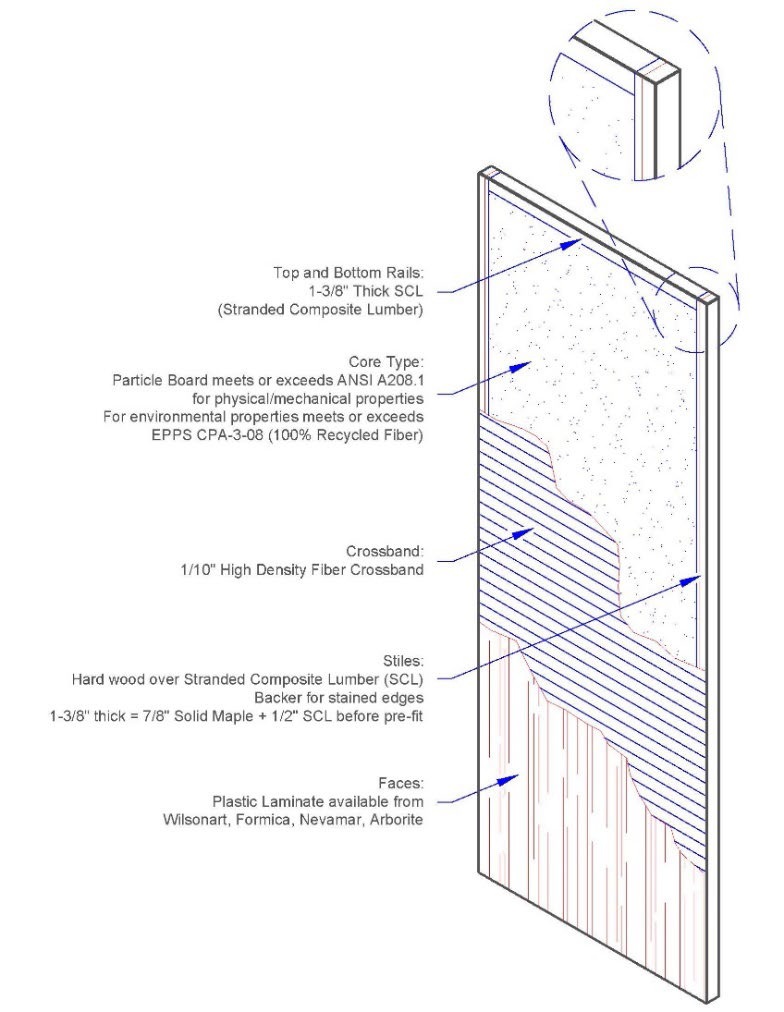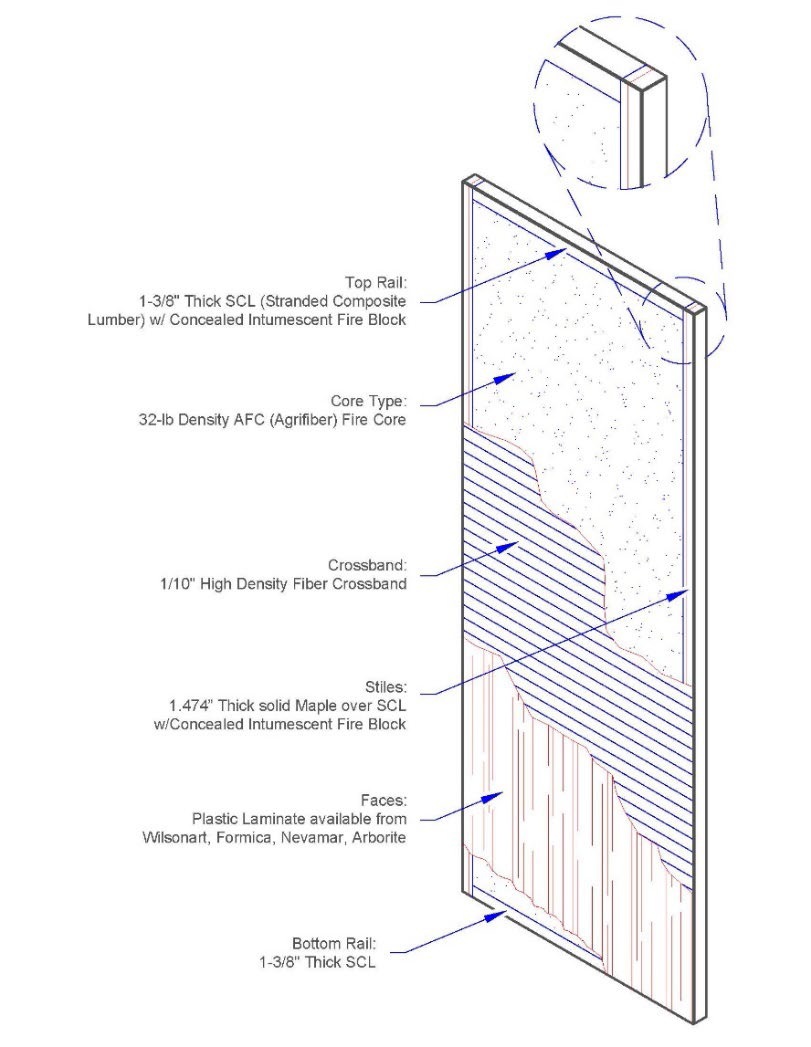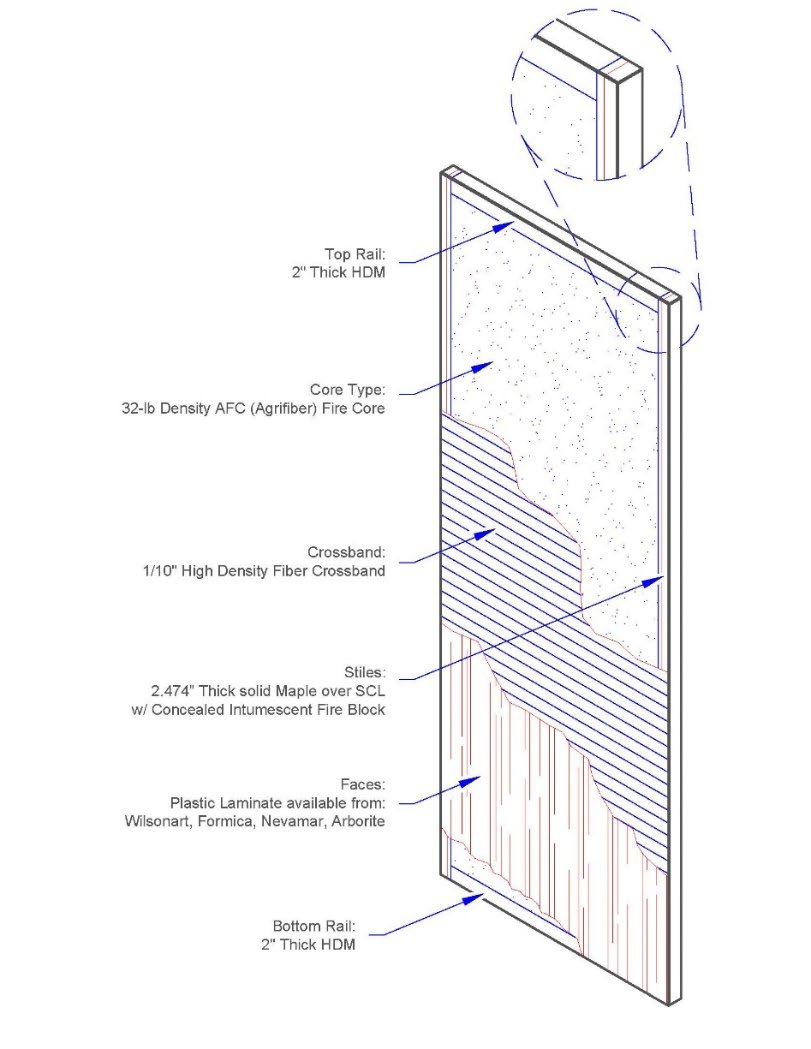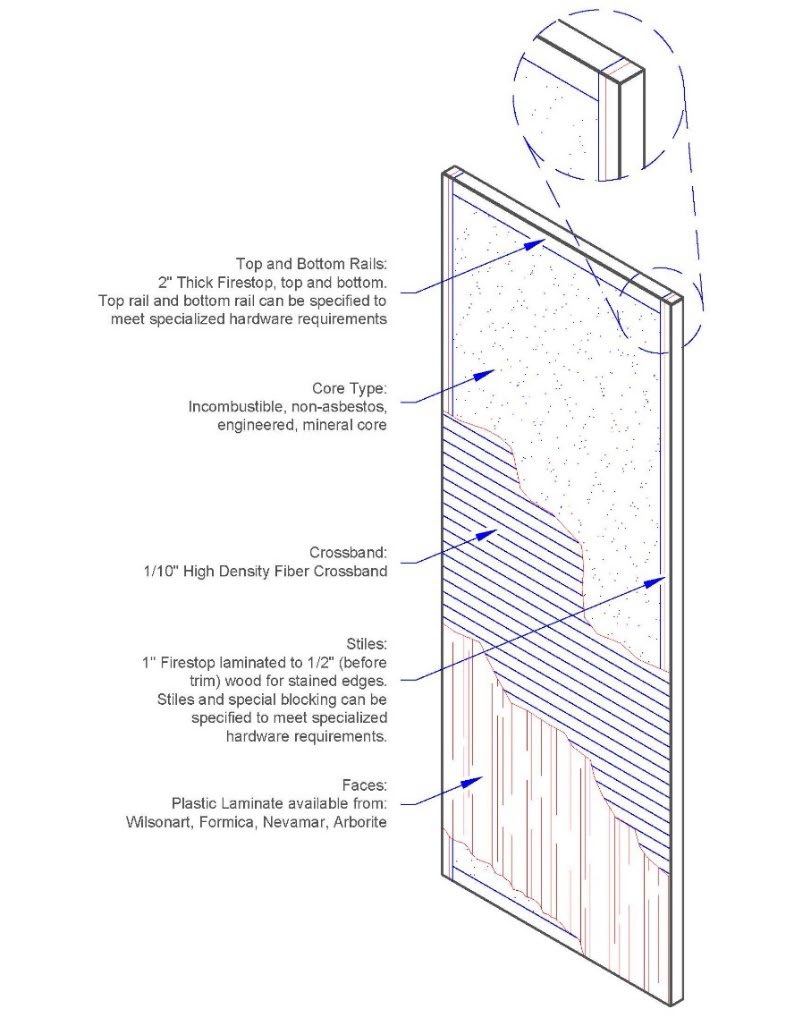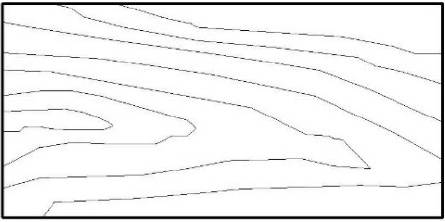
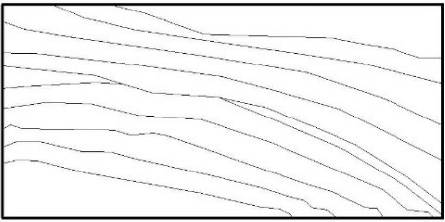
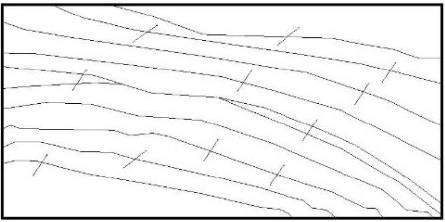
Architectural wood doors are engineered products and can be used in residential or commercial applications. These doors can withstand heavier hardware, but are more complicated to make. Our architectural wood doors are made with wood veneers. These veneers are made by thinly slicing lumber and pressing them onto a solid wood substrate or a core to make an engineered product.
The following applies to the veneers made for both stile and rail doors and flush doors:
Individual Veneer Leaves are Cut from Lumber - Veneer leaves are made by cutting through the wood in relation to the growth rings. The most common cuts are plain sliced, quarter cut and rift cut. Every species of tree grows differently and within the species each individual tree grows based on the climate it lives. Thus, the look of each veneer, even within species, is naturally different.
Plain Sliced - When slicing the veneer from the lumber, it is done parallel to a line through the center of the log. The pieces are kept in order of slicing and allows the veneer face to have a progression of natural grain.
Quarter Cut - The log is cut into four equal pieces (quarters) from top to bottom. Then, the plain sliced technique is used for each quarter. This creates a very straight grain pattern. Flecking is present in red and white oak wood species. Quarter cut is one of the most durable cuts in that it resists cupping and warping. Because of the way it is cut, there is less yield than one would have with same amount of wood plain sliced; therefore, it is more expensive.
Rift-Cut - Rift cut is used in oak species to decrease the flecking. The log is cut in four pieces like quarter sawn, but is then cut perpendicular to the radius rather than plain sliced; resulting in a tight and straight grain. This cut has the lowest yield and is the most expensive.
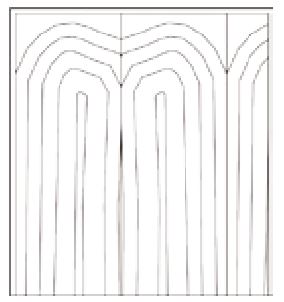
For the wood grain to look like an open book or mirror image, every other piece of veneer is turned over. Book match is the most common type of matching. This matching can be used with all the above cuts and allows for the greatest amount of grain continuity.
One of the most common questions our customers ask: “Why is the stain not uniform?”. In book match, the symmetry is gained because you place the “tight” or smaller rings in close proximity and the “loose” or larger rings in close proximity. These two areas accept stain differently and reflect light differently. This phenomenon is known as the “barber pole effect” and is not considered a manufacturing defect.
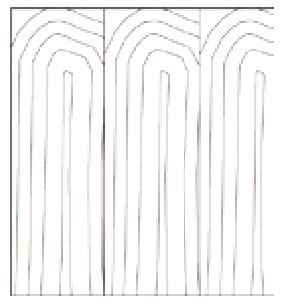
For slip match, every other piece is not turned over, but placed in precise sequence. There will be no “mirror or book match” effect. The pattern of grain will repeat, though. If using the cuts quarter or rift cut then slip match is the recommended match. While there is no barber pole effect as is seen with the book match, there can be a “sloping” effect with taller doors.
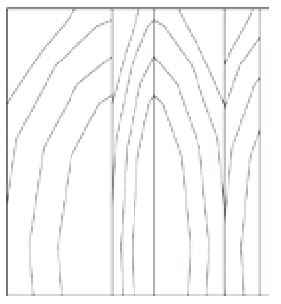
Plank match is becoming more popular. The veneer leaves are from the same species but are not similar in color, grain or width. The leaves are specially selected. V-grooves can be applied between strips to simulate true planks of lumber.
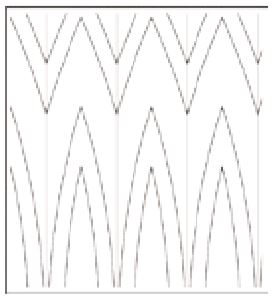
Leaves are placed together in running order without attention to matching the width of the pieces all the way across. The inner pieces will be the same width, but the outer pieces will likely not be. This match produces a non-symmetrical appearance in the veneer face, but has the highest yield and is the least expensive.
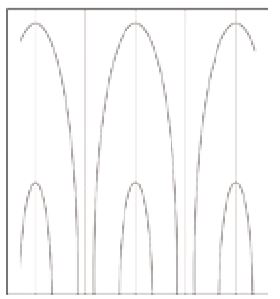
All of the leaves in the panel are of equal width. This match produces a symmetrical appearance, but results in a lower yield.
Center Balance MatchEach veneer panel has an even number of leaves that are the same width. This results in joint line in the middle with a symmetrical appearance and is of the lowest yield.
Using plastic laminate on doors offers a myriad of benefits that make it an appealing choice for various settings.
Laminate doors resist scratches, stains, and are ideal for high-traffic areas. Maintenance is effortless; requiring only a simple wipe down, saving time and money compared to other materials like wood.
Laminate allows for customization in colors, patterns, and textures, accommodating diverse design preferences. Additionally, its moisture resistance makes it suitable for areas prone to humidity, while its cost-effectiveness and environmental benefits further enhance its appeal.
Plastic laminate doors combine practicality, aesthetic appeal, and sustainability, making them a compelling choice for residential, commercial, and institutional applications alike.
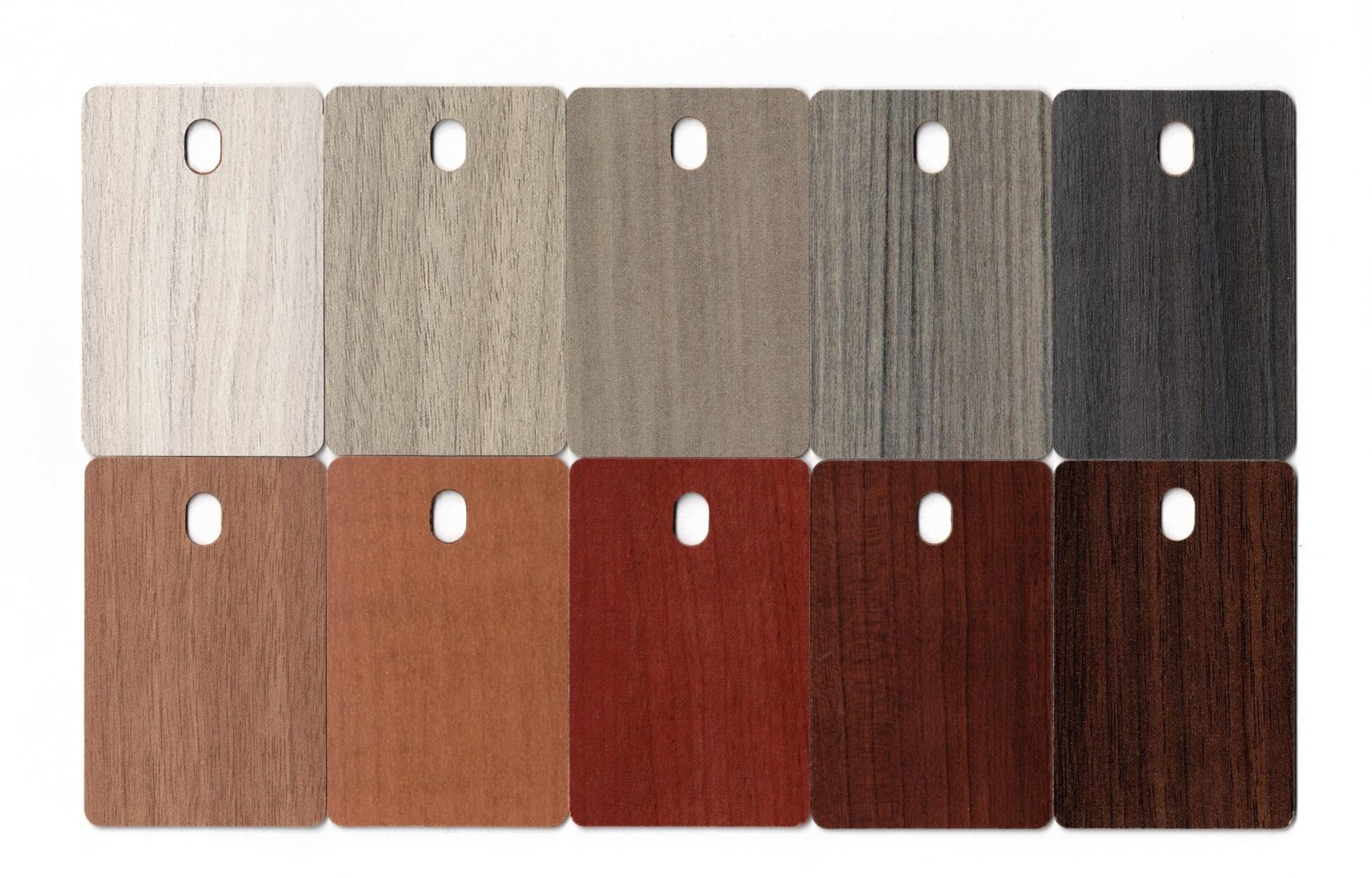
The Possibilities are Endless!
Fire-rated doors are required in both commercial and residential applications. You will find fire-rated doors in hotels, hospitals, and house to garage applications. Our fire- rated doors will meet the specifications of your design as well as give you peace of mind.
